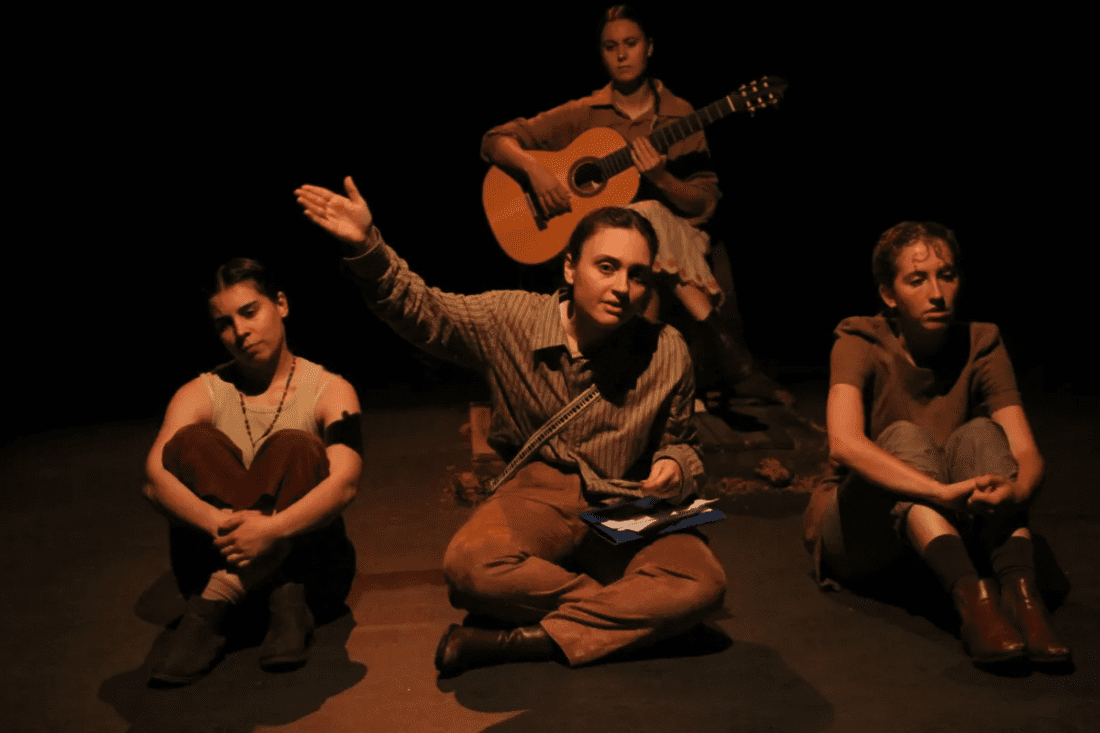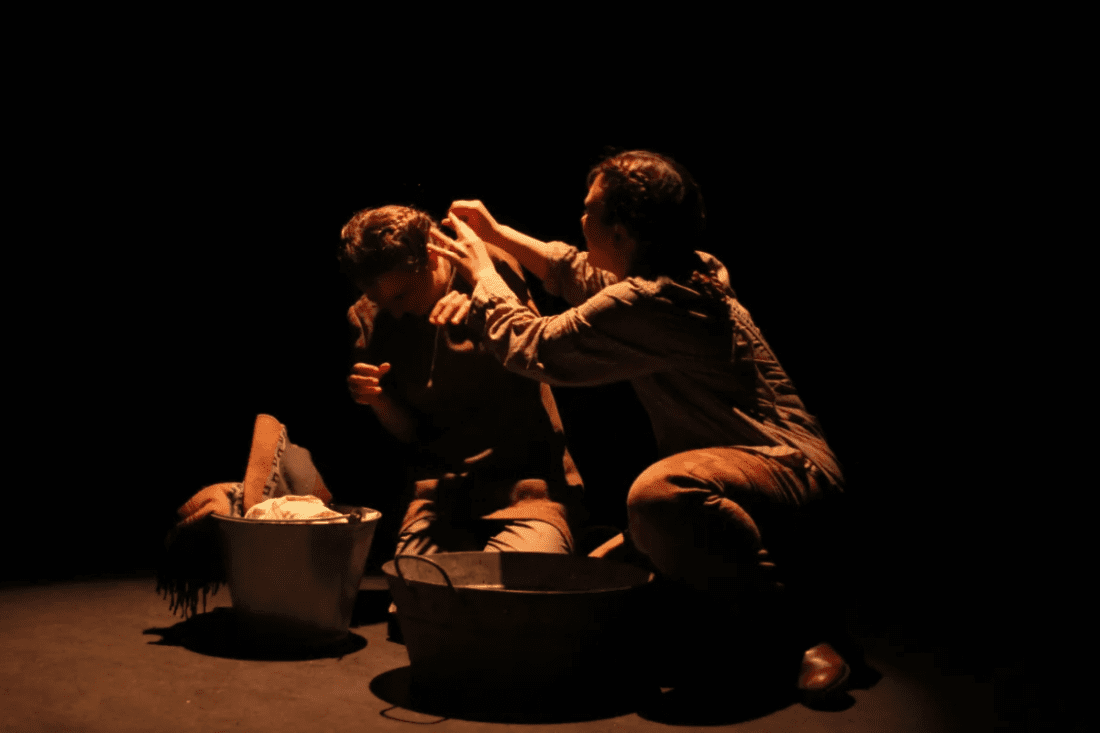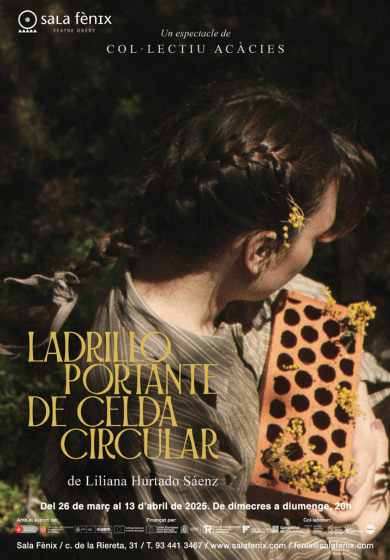
The memory of a brick in Colombia
The conjunction between personal history and collective history is a junction very busy by artists, but that is not less dangerous. Whoever encounters the risk of putting individual adventures at the service of the historical moment to explain their political and social logic. Only Circular cell carrillo Avoid this trap with a narrative that combines historical rigor with a deep emotional portrait.

The goal of the Colombian playwright Liliana Hurtado When he wrote it was another: “Puting poetry so much pain.” And with the poetry of a common thread, the work gives women who have suffered the Colombian armed conflict, and addresses two of the cruelest slopes of the war: forced displacements and extrajudicial executions, better known as false positivous. Now it is represented in the Fenix Room thanks to the Acacia collectivea company made up of last -year students of the Institut del Teatre.
An emotional journey
The work follows Mary’s emotional journey, a woman suffering from the consequences of clashes between the Government of Colombia and the FARC guerrillas, without being recognized as a victim. After burning her house and taking everything, Mary undertakes the journey of searching her children. On the way, in which it also goes through its mourning, it encounters a steel bureaucracy and authorities more concerned with silencing the pain than to recognize it.
This mother’s eagerness to preserve the memory of her house illustrates her brick: the only object she could save, and embodies the persistent memory of her past happiness. The staging, designed by Laura Garcia-Duranreinforces this image with an austere aesthetic where the brick becomes the physical and emotional center of the work. While Colombian traditional music performed live by the actresses and singers Lydia Aguirre, Judit Barba, Berta Borràs and Anila Padrós “They share the role of Mary,” transports the viewer to the other side of the Atlantic and offers a breath of rawness of the protagonist’s journey.

This version of the work incorporates two stories by Liliana Hurtado and a fragment of the final report of the Truth Commission in Colombia, called When the pájaros do not singwhich contains testimonies of human rights violations during the conflict.
“We turn into music, in words, in body, the cry of auxiliary of Mary, this poetic lament,” says the director Nicolás Castro. What began being his second -year project project three years ago has become a “learning space”, says Castro, who claims the need to give young creators opportunities and value Colombian dramaturgy.
With Circular cell carrillothe Acacias collective offers more than a reflection on the Colombian armed conflict. The work is a call to listen to the invisible stories and to recognize the role of memory as an act of resistance and dignity.
More information, pictures and entries at:










